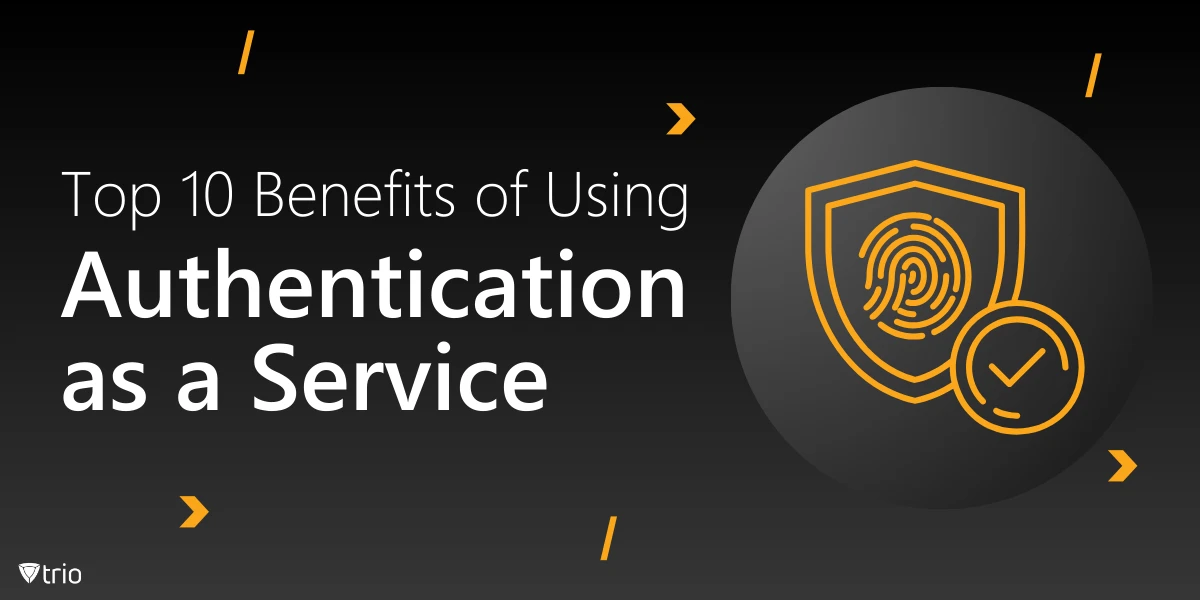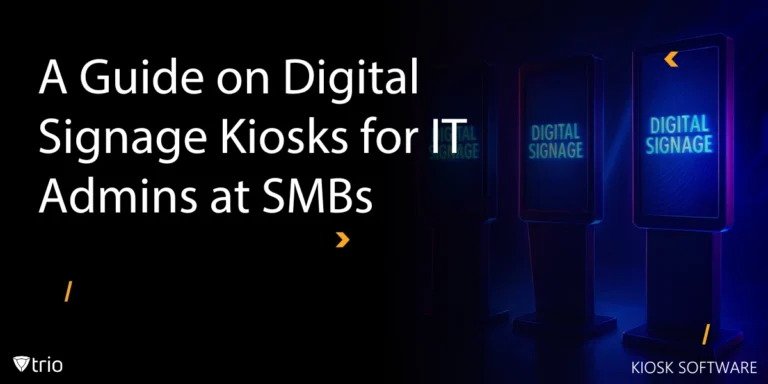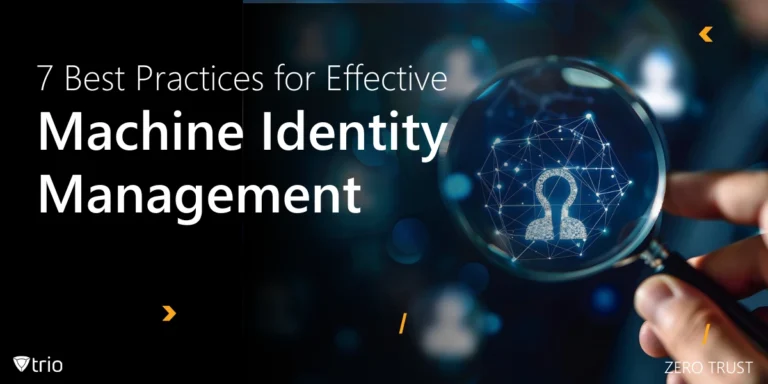Authentication as a Service (AaaS) is a cloud-based solution that simplifies the process of verifying users' identities. By leveraging modern authentication technologies, AaaS enables businesses to authenticate users securely and efficiently. This service eliminates the need for maintaining complex on-premises authentication systems, saving time and resources.
AaaS is particularly valuable for organizations managing multiple web applications or platforms that require users to authenticate regularly. It supports various authentication methods, including username and password, time-based one-time passwords, and even biometric verification. By offering centralized authentication and authorization, AaaS ensures users access only what they are authorized to, enhancing overall security.
AaaS also addresses the growing need for robust cybersecurity practices, especially as cyber threats evolve. By integrating with existing systems, businesses can maintain a seamless and secure authentication environment.
When to Use Authentication as a Service
Organizations of all sizes can benefit from Authentication as a Service, especially those with remote employees, customers, or partners accessing sensitive data. For example, businesses handling confidential user data or providing SaaS products often rely on AaaS to verify their identity and manage access control effectively.
AaaS is also ideal for environments where Federated Authentication is required. Federated Authentication enables users to access multiple systems with a single set of credentials, streamlining the user experience. For application requiring secure and seamless login experiences, AaaS proves indispensable.
In addition, industries with strict compliance requirements, such as finance and healthcare, can use AaaS to ensure their authentication processes meet regulatory standards. This makes it a versatile solution for a wide range of use cases.

Benefits of Using Authentication as a Service
Let’s explore the ten benefits of adopting Authentication as a Service (AaaS) and how it can transform your organization's security and efficiency.
1. Enhanced Security
AaaS provides strong security features, reducing the risk of unauthorized access. By using advanced authentication processes, it ensures that only verified devices can gain access to sensitive systems. This adds an extra layer of protection, preventing attacks that exploit device vulnerabilities.
Additionally, AaaS supports vulnerability management by identifying and addressing security gaps in authentication systems. Regular updates and patches from Authentication as a Service providers keep systems secure against emerging threats.
AaaS also incorporates mechanisms to protect against brute force and credential stuffing attacks, ensuring that users authenticate in a secure and reliable manner.
2. Scalability
One of the primary benefits of AaaS is its scalability. Businesses can easily scale their authentication processes as they grow without significant infrastructure changes. Whether you have ten users or ten thousand, AaaS adapts to your needs.
For example, types of multi-factor authentication (MFA) offered by AaaS providers allow businesses to implement additional security measures as needed. This flexibility makes AaaS a preferred choice for growing organizations.
The ability to handle sudden spikes in user activity, such as during product launches or peak seasons, further highlights the scalability of AaaS.
3. Cost-Effectiveness
Maintaining an in-house authentication system can be expensive. AaaS reduces costs by eliminating the need for dedicated hardware and IT staff. Organizations can invest those savings in other critical areas, such as innovation and customer experience.
Moreover, AaaS solutions often come with predictable pricing models, allowing businesses to budget more effectively. Some providers even offer free versions for small-scale usage, making it accessible to startups and SMBs.
The cost savings extend to reduced downtime and fewer resources spent on managing authentication infrastructure, further enhancing ROI.
4. Improved User Experience
With AaaS, users authenticate seamlessly across multiple platforms. Features like single sign-on (SSO) simplify the process, reducing the need for users to remember multiple passwords. This not only improves user experience but also reduces helpdesk requests for password resets.
Federated Authentication further enhances the experience by allowing users to access various services with a single set of credentials. This consistency builds trust and satisfaction among users.
Enhanced user experience translates to higher productivity and better engagement, particularly for employees and customers interacting with web applications.
5. Compliance with Regulations
AaaS helps businesses comply with data protection regulations by ensuring secure authentication and authorization processes. It supports features like audit trails and detailed access logs, which are essential for regulatory compliance.
For organizations using Active Directory Security, AaaS integrates seamlessly, enhancing the security and compliance of existing directory services. This ensures that businesses meet legal and industry standards without additional overhead.
Compliance with regulations such as GDPR, HIPAA, and CCPA is further streamlined through robust authentication processes that protect user data.
6. Protection Against Credential-Based Attacks
Credential stuffing prevention is a critical benefit of AaaS. By implementing advanced authentication methods like MFA and adaptive authentication, AaaS reduces the risk of attackers using stolen credentials to gain unauthorized access.
These authentication methods detect and block suspicious login attempts, protecting user accounts and sensitive data. This proactive approach minimizes the impact of credential-based attacks on organizations.
Furthermore, AaaS providers continuously monitor for emerging threats, ensuring that authentication systems remain resilient against evolving attack vectors.
7. Support for Modern Authentication Standards
AaaS providers adhere to modern authentication standards, ensuring compatibility with a wide range of applications and devices. This includes support for open source authentication tools and protocols, which enhance flexibility and interoperability.
For instance, device attestation verifies the authenticity of devices accessing the network, ensuring that only trusted devices are allowed. This is particularly important in BYOD (Bring Your Own Device) environments.
The adoption of modern standards also simplifies integration with existing systems, reducing deployment times and enhancing overall efficiency.
8. Simplified IT Management
AaaS simplifies IT management by centralizing authentication processes. IT teams no longer need to manage multiple authentication systems, reducing complexity and saving time.
Integration with existing systems, such as Active Directory Security, further streamlines management. This allows IT teams to focus on strategic initiatives rather than routine maintenance tasks.
Simplified management also translates to fewer errors and reduced administrative overhead, contributing to smoother operations.
9. Better Risk Management
By providing advanced security features, AaaS contributes to better risk management. Features like adaptive authentication and real-time monitoring help identify and mitigate risks before they escalate.
Incorporating vulnerability management into authentication processes ensures that potential weaknesses are addressed promptly. This proactive approach minimizes the likelihood of data breaches and other security incidents.
Risk management is further enhanced by detailed reporting and analytics, enabling businesses to make informed decisions about their security posture.
10. Increased Productivity
AaaS boosts productivity by reducing login times and simplifying access control. Employees can focus on their work without being hindered by complex authentication processes.
For businesses with remote teams, AaaS ensures secure and seamless access to necessary resources, enabling employees to work efficiently from anywhere. This flexibility supports modern work environments and enhances overall productivity.
The reduction in password-related issues also frees up IT resources, allowing them to focus on higher-value tasks.
Best Authentication Services
The best authentication services offer a combination of security, scalability, and user experience. Authentication as a Service providers examples include Okta, Duo Security, and Microsoft Azure AD. These providers support a wide range of authentication methods and integrate seamlessly with existing systems.
Open source solutions, such as Keycloak, are also popular among developers for their flexibility and customization options. When choosing an AaaS provider, consider factors like ease of integration, support for Federated Authentication, and advanced security features like device attestation.
It’s also essential to evaluate providers based on their track record for reliability, customer support, and adherence to industry standards.

How Trio Can Help with Authentication as a Service
Trio, a Mobile Device Management (MDM) solution, complements Authentication as a Service by enhancing device security and access control. With features like device monitoring and integration with leading AaaS providers, Trio ensures that only trusted devices and users access your network.
Trio also supports multi-factor authentication, adding an extra layer of security to authentication processes. By combining Trio’s MDM and a fitting AaaS, your organization will have a complete solution for managing and securing user access.
Trio’s advanced capabilities in managing device compliance and security posture make it an ideal partner for organizations seeking to optimize their authentication strategies.
Ready to enhance your authentication? Discover how Trio can transform your authentication processes. Request a free demo today!
Conclusion
Secure and efficient authentication is not a luxury but a necessity. Authentication as a Service (AaaS) streamlines user verification processes, bolsters cybersecurity, and ensures compliance with industry regulations. From scalability and cost-effectiveness to advanced security measures, AaaS proves to be an indispensable tool for organizations of all sizes.
By integrating AaaS with solutions like Trio, businesses can achieve a seamless and robust authentication ecosystem, protecting sensitive data while enhancing user experience. This combination not only strengthens security but also empowers organizations to adapt swiftly to evolving challenges.
Embrace the future of authentication with the right tools and strategies. With AaaS at the core of your security framework, your organization can thrive in the digital age, ensuring both protection and progress.
Get Ahead of the Curve
Every organization today needs a solution to automate time-consuming tasks and strengthen security.
Without the right tools, manual processes drain resources and leave gaps in protection. Trio MDM is designed to solve this problem, automating key tasks, boosting security, and ensuring compliance with ease.
Don't let inefficiencies hold you back. Learn how Trio MDM can revolutionize your IT operations or request a free trial today!





